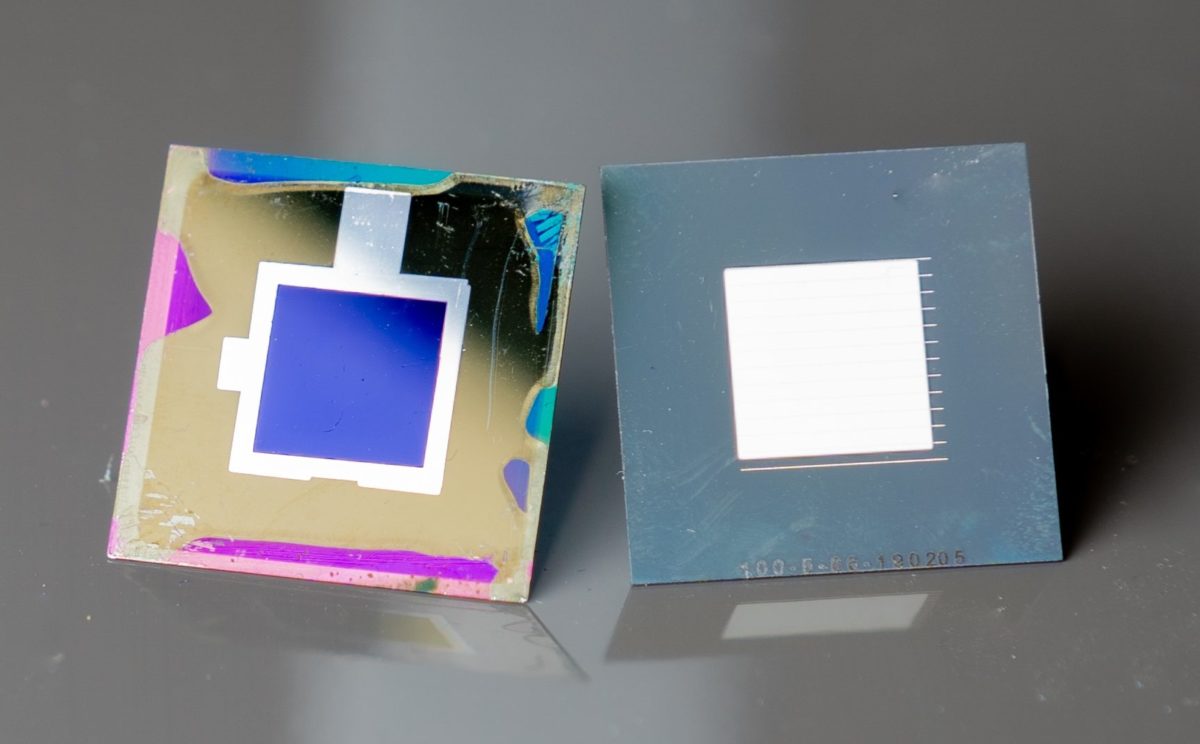Scientists at the Helmholtz Center Berlin (HZB) claim to have produced a perovskite/silicon tandem solar cell with a world record efficiency of 29.80%.
The result was certified by Germany’s Fraunhofer Institute for Solar Energy Systems’ (ISE) CalLab, and was included in charts maintained by the U.S. Department of Energy’s National Renewable Energy Laboratory. The result improves upon the previous world record achieved by perovskite developer Oxford PV in December 2020, when the U.K.-based company announced a power conversion efficiency of 29.52% for its perovskite/silicon tandem device.
The solar cell has an area of 1cm2 and is based on a nanotextured front side and a back side with a dielectric reflector, which is used to reflect infrared light back into the silicon absorber.
The nanotexturing on one side, according to the researchers, is responsible for improving light absorption and photocurrent compared to a reference solar cell without the nanotextures. It also slightly improved the electronic quality of the tandem device and enabled better film formation of the perovskite layers.
“By using a dielectric reflector, we were able to use this part of the sunlight more efficiently, resulting in a higher photocurrent,” said HZB researcher Alexandros Cruz Bournazou. He said that the cell’s efficiency may soon exceed the 30% threshold through nanostructuring the absorber layers on both sides.
Technical details on the solar cell can be found in the paper “Monolithic perovskite/silicon tandem solar cell with >29% efficiency by enhanced hole extraction,” which was published in Energy in December 2020, when the same research team achieved an efficiency of 29.15%.
This content is protected by copyright and may not be reused. If you want to cooperate with us and would like to reuse some of our content, please contact: editors@pv-magazine.com.









By submitting this form you agree to pv magazine using your data for the purposes of publishing your comment.
Your personal data will only be disclosed or otherwise transmitted to third parties for the purposes of spam filtering or if this is necessary for technical maintenance of the website. Any other transfer to third parties will not take place unless this is justified on the basis of applicable data protection regulations or if pv magazine is legally obliged to do so.
You may revoke this consent at any time with effect for the future, in which case your personal data will be deleted immediately. Otherwise, your data will be deleted if pv magazine has processed your request or the purpose of data storage is fulfilled.
Further information on data privacy can be found in our Data Protection Policy.